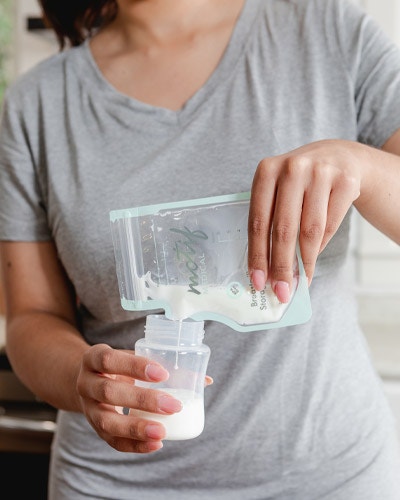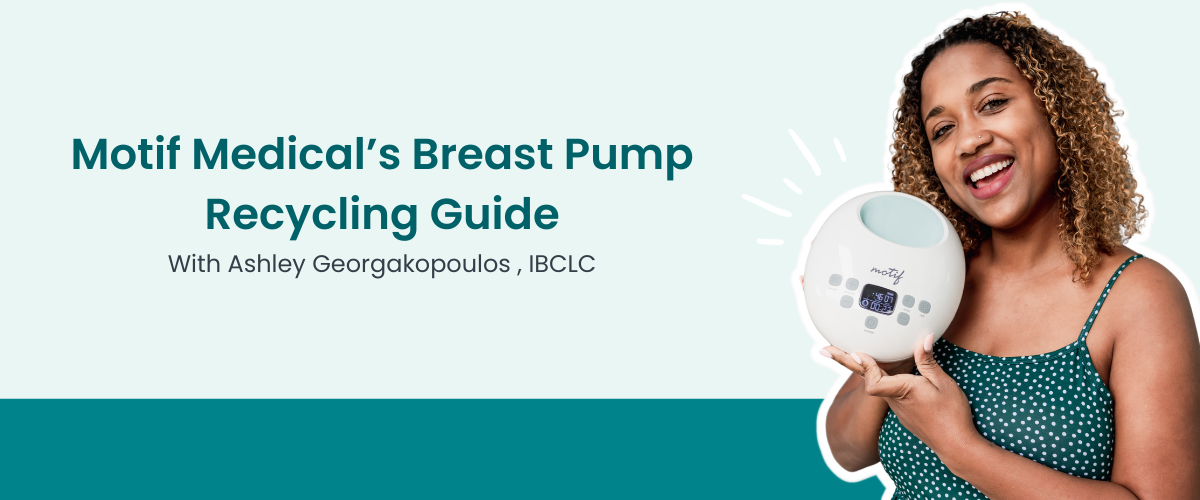Information gets passed down from generations of family, friends, and healthcare providers, but we all know things can be subject to becoming outdated or put in a different perspective. The idea of “correlation not equating to causation” can be applied in many scenarios, especially when it comes to pregnancy and especially breastfeeding. Breastfeeding, pumping, and the whole process of lactation is not relatively complicated, but we have a lot of confusing tips and rules that can actually make things a lot harder than they need to be.
High pressures to maintain unrealistic expectations and strict rules lead to higher risks of postpartum depression, early weaning or cessation, and frustrations with breastfeeding experiences. Whether its discussing getting enough milk and maintaining a healthy milk supply, managing pain and discomfort, or the normalcy of it, or discussing things like food and nutrition for the mother, there are still some myths that circulate and hold on for dear life to stay relevant.
Here are my top four myths involving lactation that I hear most often:
Myth #1: Breastfeeding is Painful
This is way too vague and generalized. Good latching and feeding practices are actually quite comfortable. Pain is a sign something is not quite right, and can vary from person to person in severity. Causes of pain can include, but not limited to:
- Twisted or uncomfortable positioning when latching or pumping
- Shallow latching / poor tongue function; chomping versus wave-like suckling; tongue tie/lip tie
- Wrong flange sizing or suction settings when using a breast pump
- Engorgement; ineffective milk transfer/removal (from reasons above)
- Mastitis; bacterial breast infection, bacteria infiltration through the milk ducts
- Thrush; yeast infection, almost always inflicted on already damaged nipples of all severities


What to do if pain is experienced?
Double-check positioning first. The baby’s head, neck and back should all face forward, no twisting. This means the baby’s tummy should be facing the mom, no matter the position. This allows for deeper latching and more effective swallowing, too. If still unsure, contact an IBCLC, as they can play detective to get to the root cause of the issue and can screen for problems. They can also provide tools to manage pain, nipple health, and milk supply until the issue is resolved.
Using a breast pump can be overwhelming at first, but an IBCLC can help with this, too! Getting enough breastmilk is the primary goal, and many think stronger settings are best intuitively. However, comfortable suction is all that is needed and adjusting the settings and schedule to mimic a baby. To mimic the frequent nursing patterns of a breastfeeding baby, scheduling should be a large part of the counseling received on using a breast pump.
Myth #2: Special / Restrictive Diet to Breastfeed
One of my favorite things after pregnancy was getting eat like normal again. Could have sushi, any cheese I wanted and more. The reason certain foods cannot be eaten while pregnant is that the baby is directly connected to the blood stream, so foods with a risk of food poisoning or higher levels of mercury could potentially cause problems. Breastmilk is very regulated and filtered to approved-ingredients only by the body. The exception to this is alcohol, which does pass into milk, but metabolized with the rest of the body in real time after an hour per serving.


Because it is so regulated, the nutritional composition is not reliant on a perfect diet. Milk production is another component independent of nutritional intake. This is why the answer to low milk supply will never be a special brownie or a supplement, but a full assessment to determine the cause or actuality of low supply. Most often it is poor milk removal mechanics over a period of time from the baby’s end, certain types of birth control or going long periods of time between feedings due to separation or strict scheduling.
Another important take away is to not be too restrictive with calories. Breastfeeding moms burn 300-500 calories a day, so depending on BMI and other health factors, breastfeeding can naturally help lose pregnancy weight gain, but at a proper rate.
In fact, calorie guidelines for lactating mothers are an additional 500 kcals a day versus 300 while pregnant (based on a healthy pre-pregnancy status). Moral of the story, when it comes to diet and water intake, eat and drink to one’s contentment, and aim for variety for personal health and recovery.
Myth #3: No Alcohol or Coffee
Once again, alcohol does indeed pass easily into milk, being water-soluble, but this also means it metabolizes in real time, too. Time a serving of alcohol to be directly after a feeding once a predictable routine is implemented by the baby. This gives time for metabolizing/digesting the alcohol before the next feeding.
Coffee and other caffeinated options are absolutely fine in moderation, as very trace-to-no caffeine passes into the milk to cause any harm or effect on baby. So unless medically indicated for other reasons, breastfeeding and pumping mothers can still enjoy their favorite beverages. Moderation and timing are both key.
Myth #4: Not a Lot of Nutritional Value Past Age One
Nutritional impact does not just turn switch off because of a birthday. Human milk does not have an expiration date on nutritional or immunological properties. In 3rd world countries, its often the saving grace through their toddler years when clean water and adequate solid food are not abundant.
The immune system actually takes approximately 2 years to really develop through gut health and maturation, which is why its recommended to provide human milk at least that long. Health care providers in the past and older family members have even misinformed some mothers that milk turns to water even after only 6 months of age! While introducing solids at 6 months of age is ideal for tongue function, speech development, extra iron and more, breastmilk and alternatives are the primary calories source the entire first year of life, and continues to provide nutrition beyond that. Breastmilk can be given in place of dairy recommendations.


New parents are hungry for information on health benefits and education on breastfeeding, but have to dodge plenty of misconceptions, judgements, and pressure. Busting myths on what makes mother’s milk doable and manageable is the first step of many to empowering our new parents to make their own informed choices and meet their goals!








